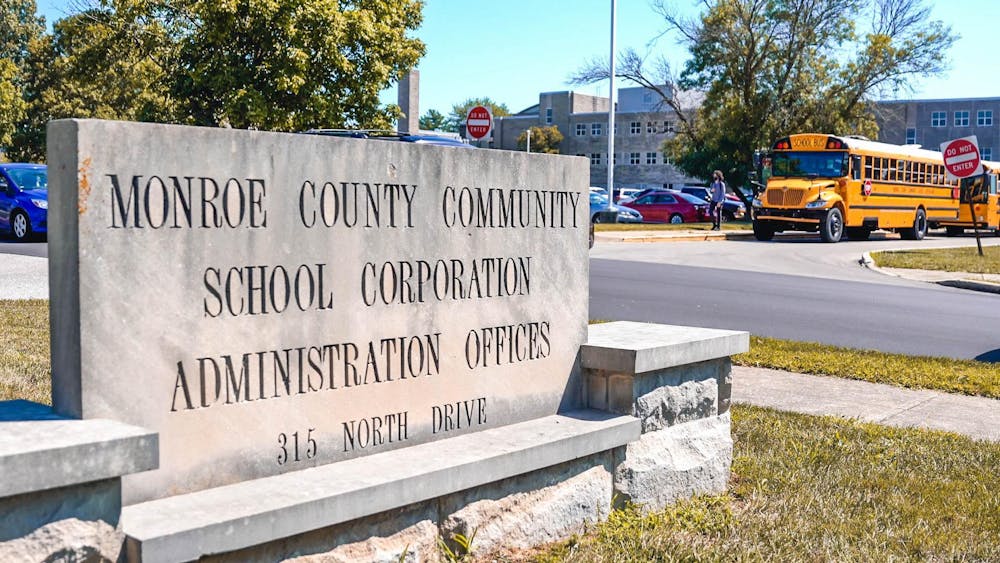“I remember waking up and trying to remember what you were supposed to do in the event of an earthquake,” IU student Lindsay Hicks said. “After it stopped, I thought I was going crazy and it couldn’t have been an earthquake until I found out on the news that it was.”
Lindsay didn’t think it was an earthquake because she lived in Indiana and Indiana isn’t in a fault zone.
Or is it?
On April 18, 2008, an earthquake shook Bloomington and the surrounding area. John Steinmetz, Indiana Geological Survey director, lived in Bloomington at the time.
“It happened at about 5:30 in the morning, and I remember the bed shaking enough that I thought there was a cat jumping on the bed,” Steinmetz said.
The 2008 earthquake was centered in southeastern Illinois, in Mount Carmel, Steinmetz said. There was some damage in Mount Carmel and cities near it, but there was none in Bloomington.
The earthquake had a magnitude of 5.2 on the Richter scale. There are about 800 earthquakes around that magnitude per year, according to the U.S. Geological Survey.
On December 15, 1811, the New Madrid Fault, located near New Madrid, Missouri, caused shock waves of such force that buildings and trees collapsed and the Mississippi River changed course, according to the Indiana Geological Survey.
For the next two months, the shock waves were so powerful they rang church bells in Washington, D.C.
However, most of the earthquakes felt in Indiana since that time were not caused by the New Madrid Fault.
“There is a suggestion that there is an extension of the New Madrid Fault Zone into southwestern Indiana, but it’s very controversial,” Steinmetz said.
There is another fault zone close to Bloomington though.
The Wabash Valley Fault System is centered in Terre Haute and spans across southwestern Indiana and southeastern Illinois.
“The Wabash Valley Fault Zone is moderately active,” Steinmetz said.
Jim Comerford, the Emergency Management director for Monroe County, said there are a few counties in southwestern Indiana in an earthquake zone, and Monroe County is one of them.
In May 2011, Indiana, along with other Midwestern states in fault zones, will participate in an exercise to test communications and evacuation plans in the event of an earthquake, Comerford said.
If a large-scale earthquake were to occur in Indiana, the ground would react differently than in other parts of the country, Comerford said.
Although the earth cracks and splits during earthquakes in California and other parts of the west coast, in Indiana, the ground would liquefy, Comerford said. Buildings would become unstable and sink rather than collapse.
Steinmetz said it’s not likely that there will be a severe earthquake in Bloomington, but residents of southwestern Indiana should take some precautions, such as securing bookcases and water heaters.
“It’s probably not a good idea to put a large framed picture over your bed,” Steinmetz said.
Nearby fault systems make Bloomington earthquake prone
Quakes rare but southwestern Ind. at greatest risk
Get stories like this in your inbox
Subscribe





